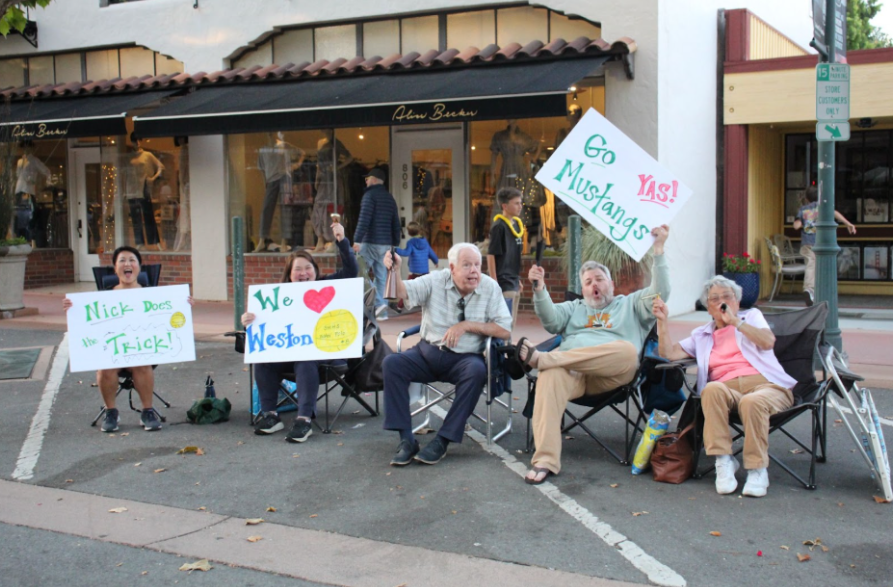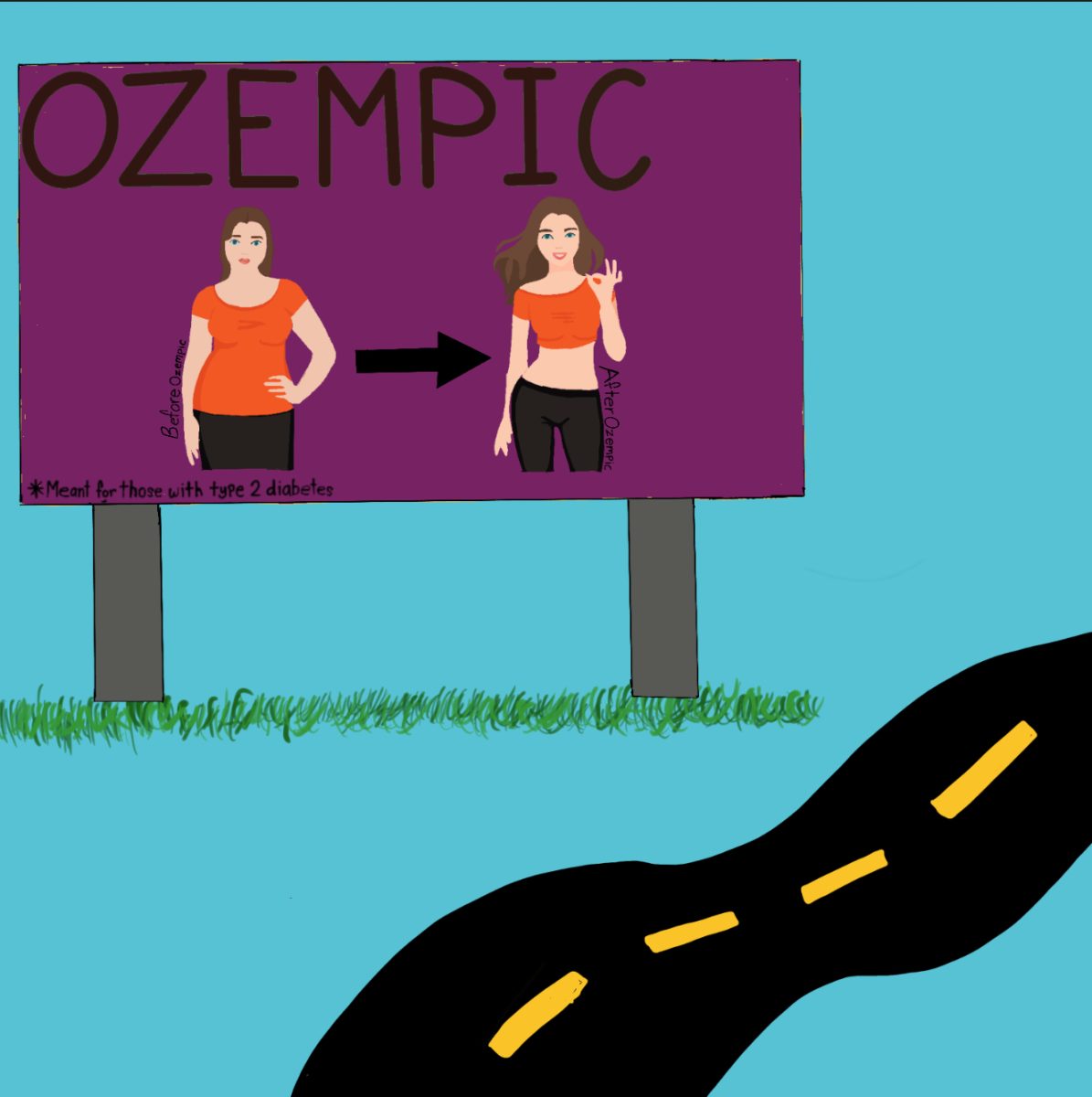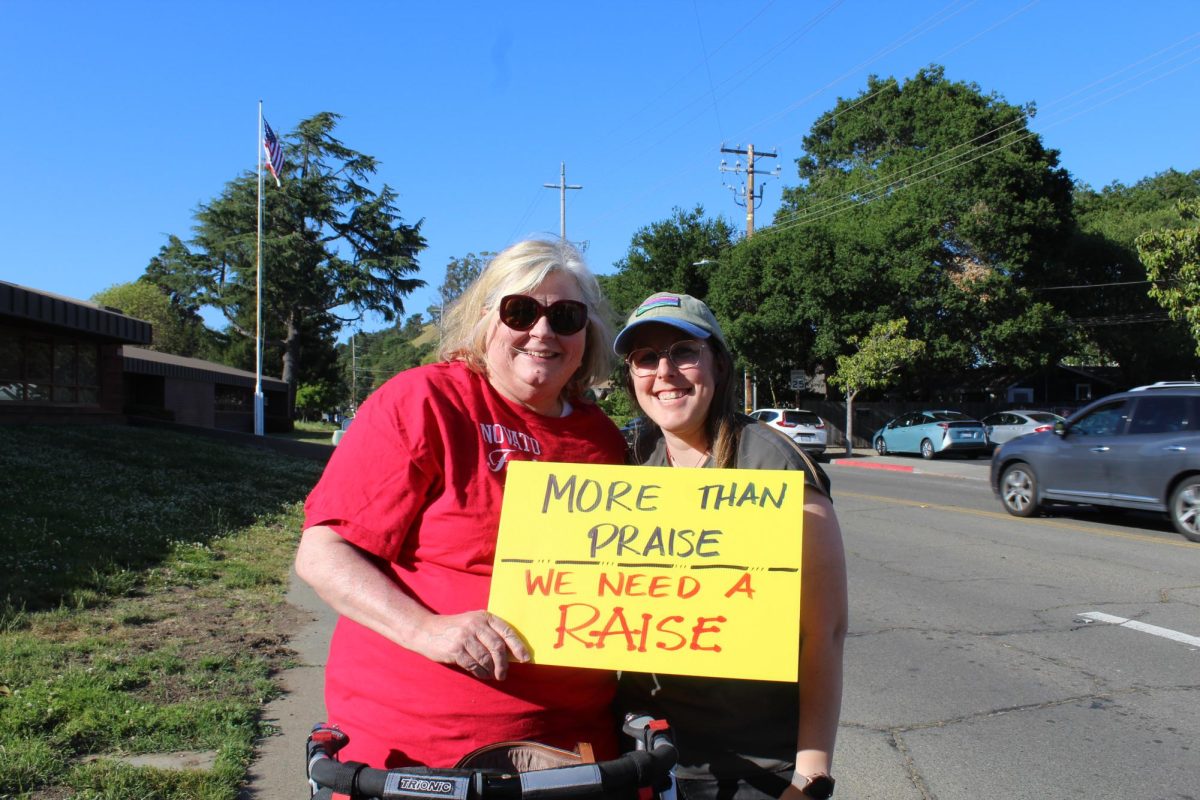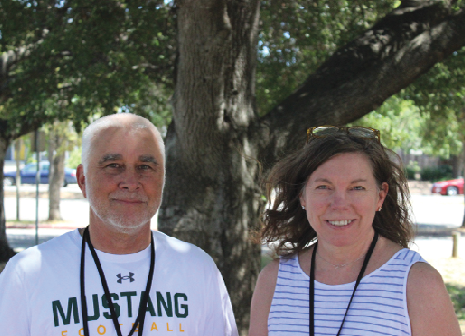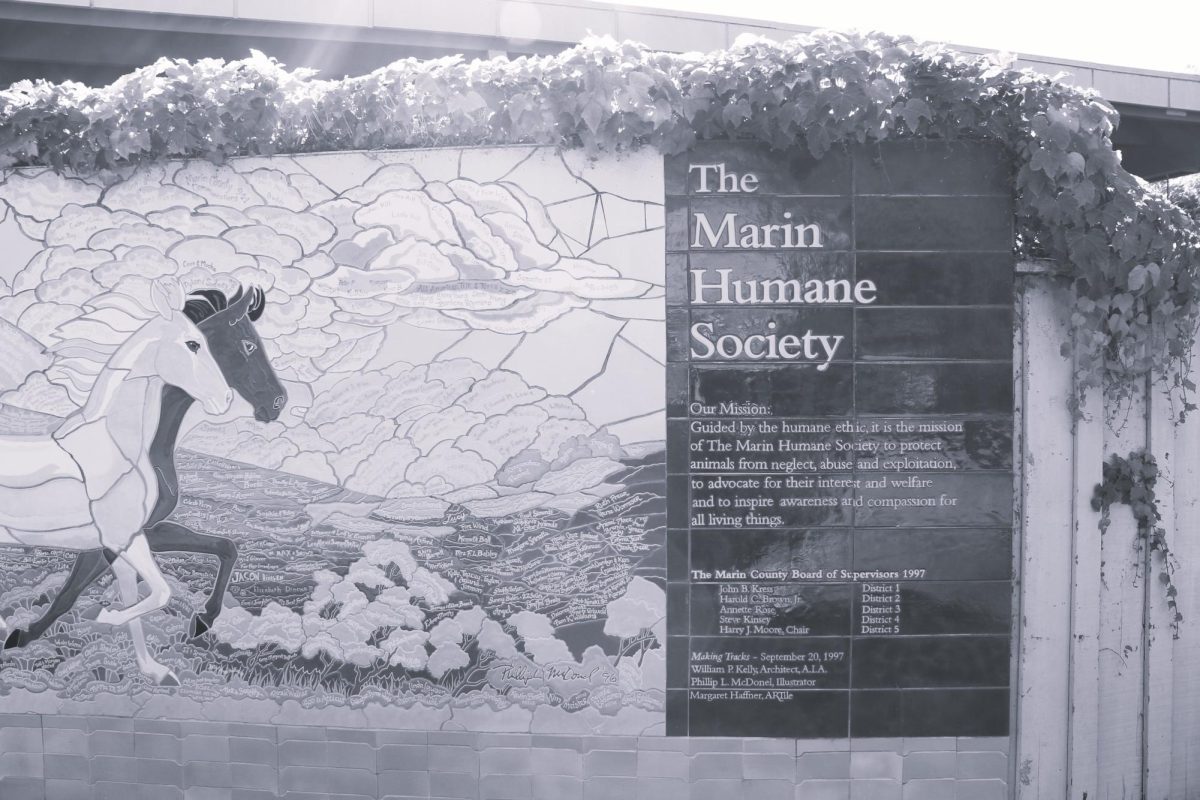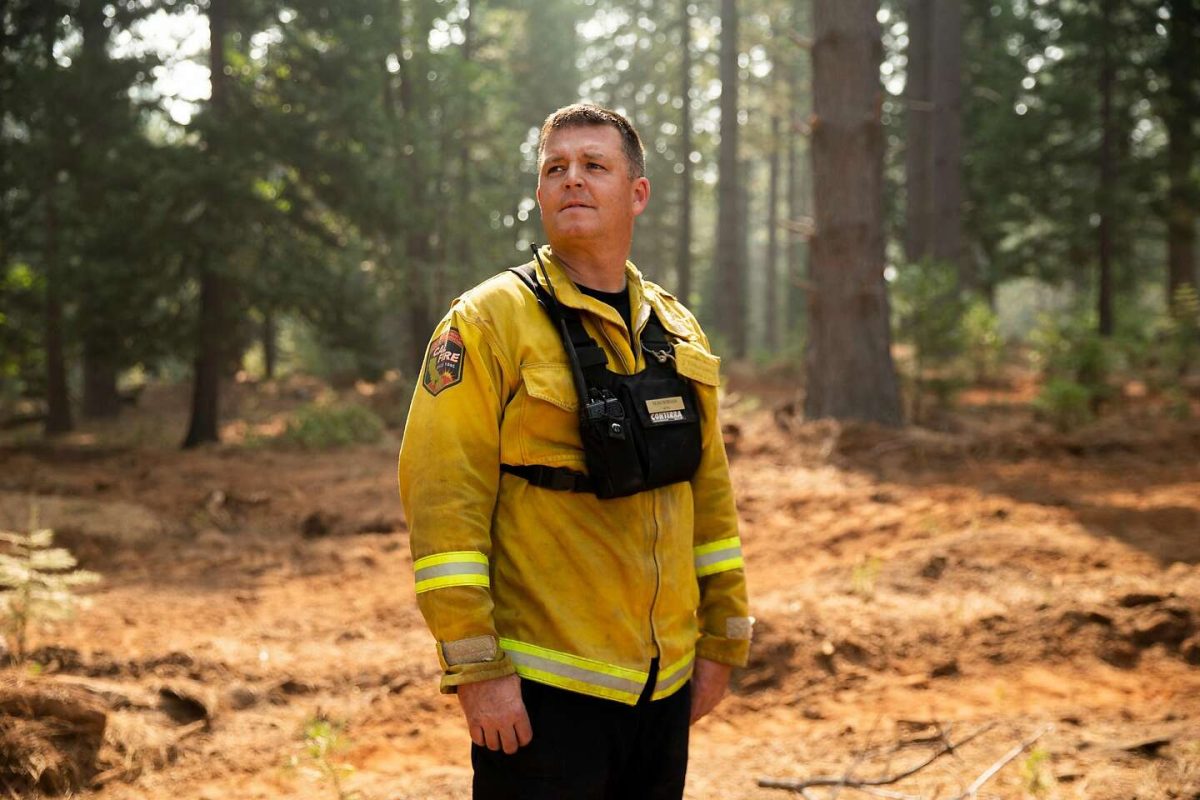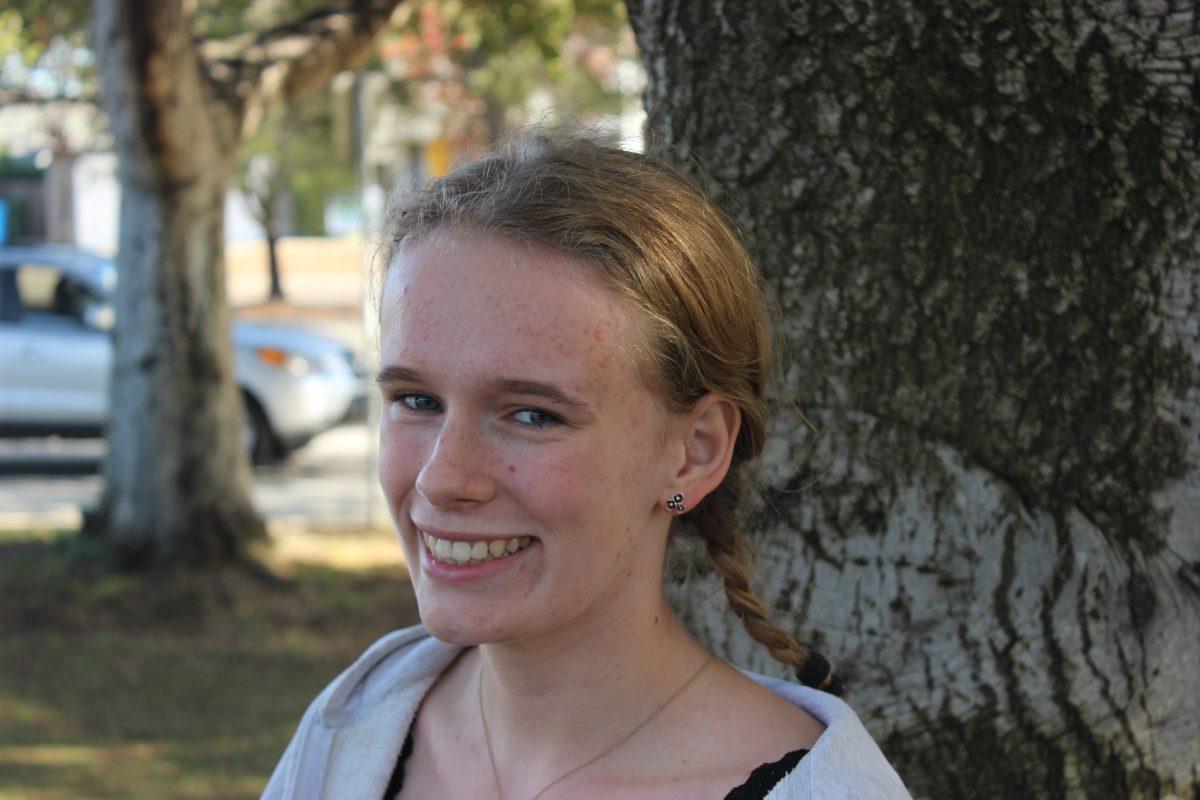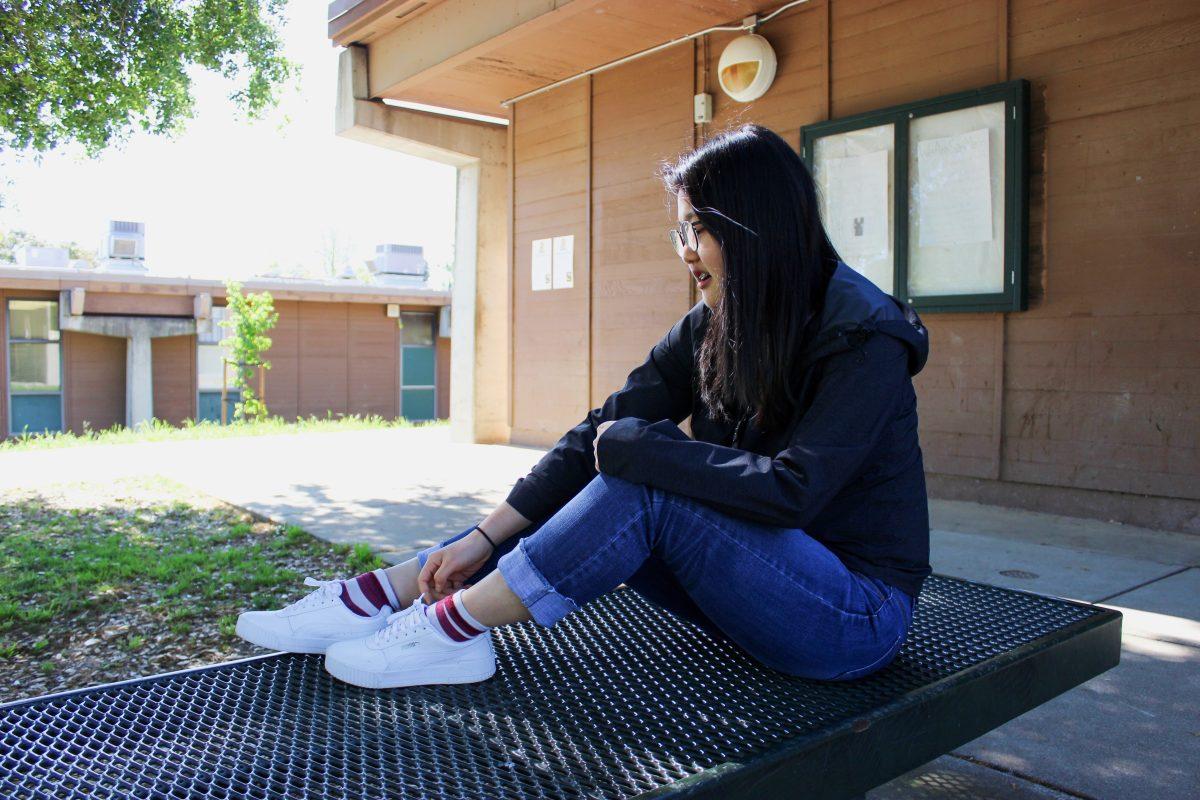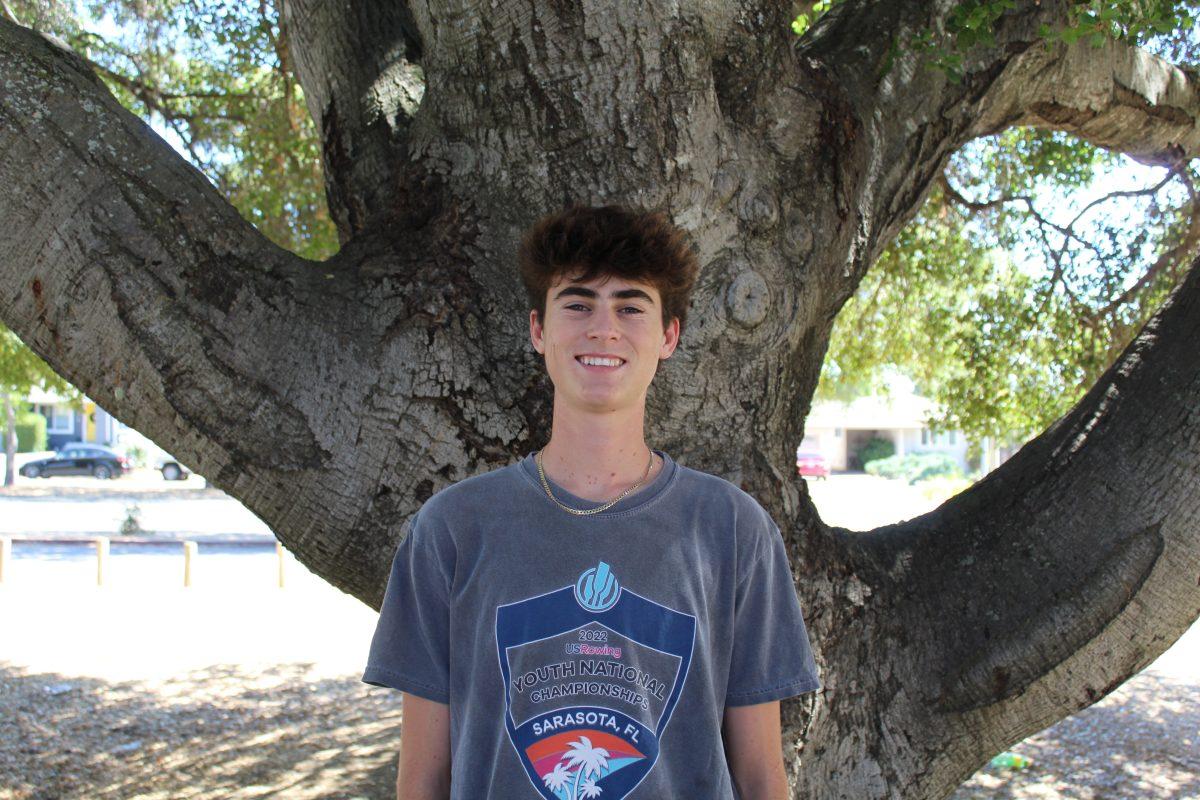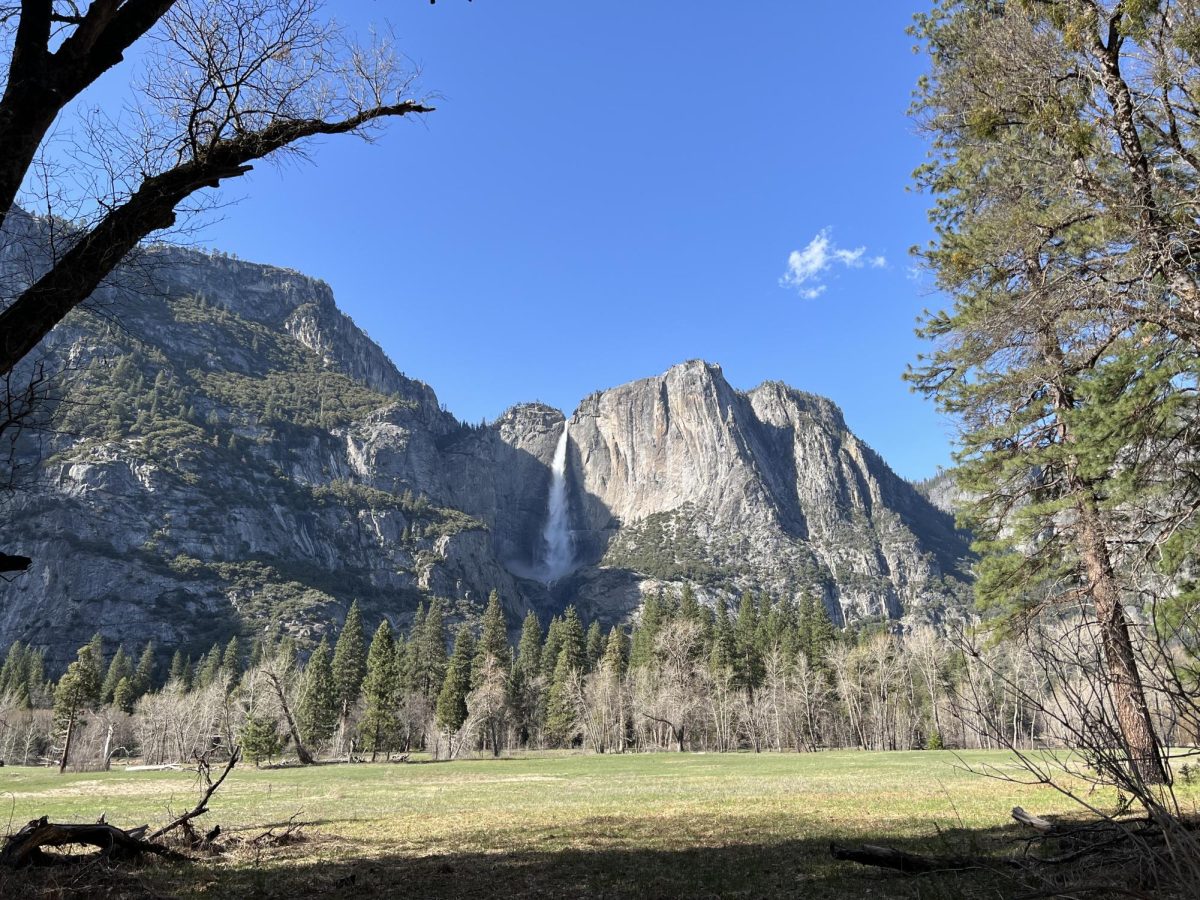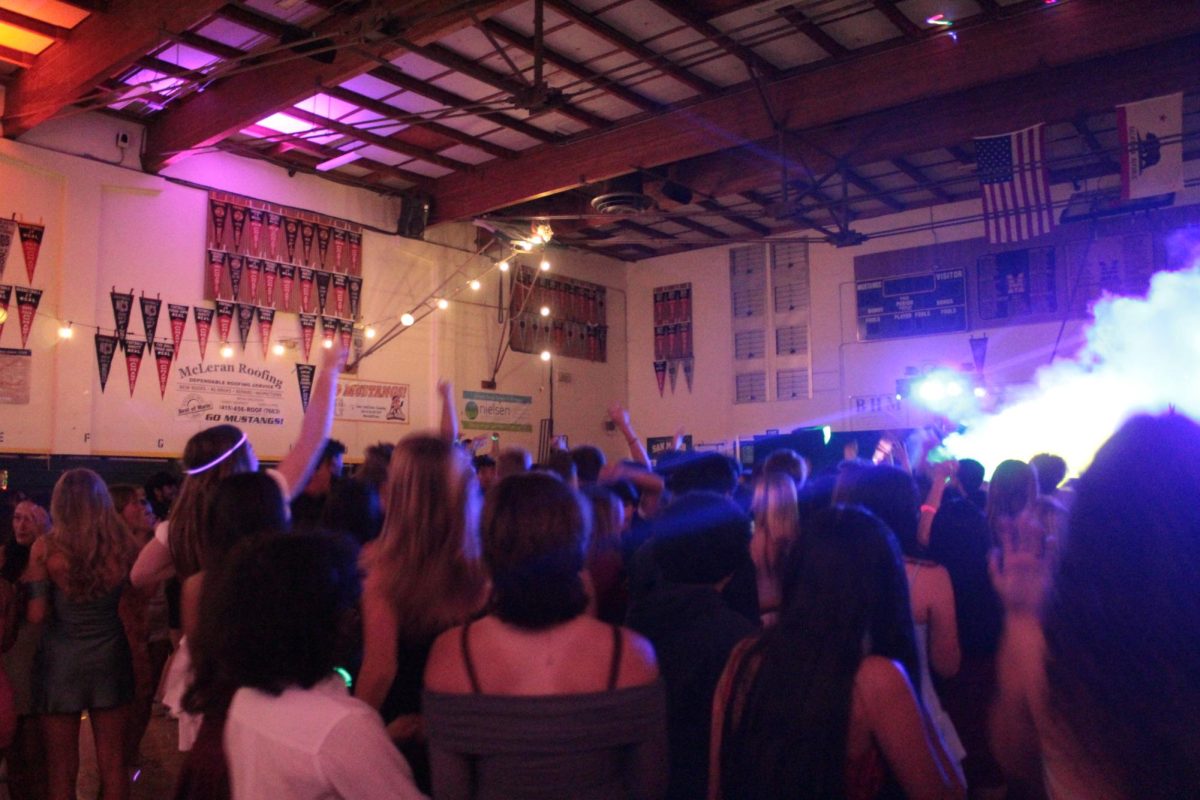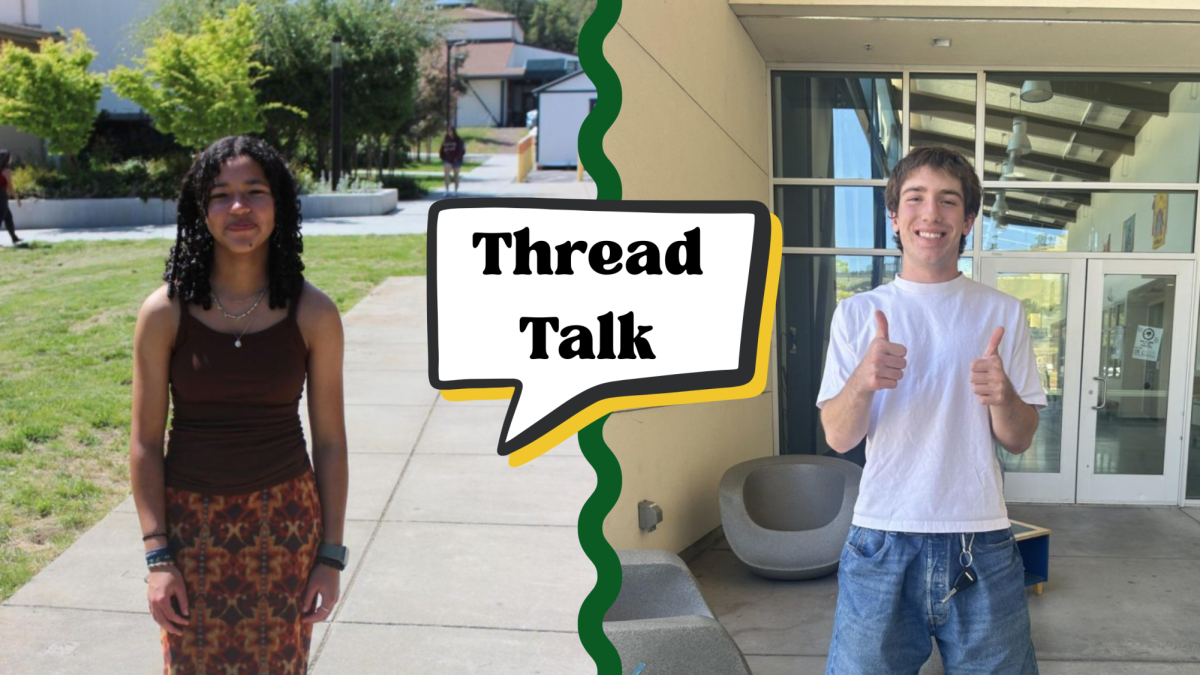“Refugee camps in Syria are cleaner than this,” Oakland property developer Gene Gorelik said in an interview with the New York Times at an Oakland fast-food restaurant that overlooks a homeless encampment.
Homelessness has continuously been a crisis in California and has risen significantly in certain cities. For example, San Jose experienced a 42 percent increase in the last two years; Oakland, a 47 percent increase; San Francisco, 17 percent; and Los Angeles, 12 percent. With a rise in the homeless population, the backlash against them has also risen.
Recently for about a month, two dozen boulders sat on the sidewalks of Clinton Park street in San Francisco. Together, neighbors on the street contributed several thousand dollars through Facebook and a GoFundMe page to purchase the boulders. People saw the purpose of the boulders as to prevent and discourage homeless people from camping or dealing drugs on the sidewalks.
“You silently allowed it to happen,” one unhoused resident Daniel Bartosiewicz wrote on a piece of cardboard while sitting on one of the boulders. “You could have let us know your concerns. I don’t bite but hurt I do.”
Several times, activists would roll the boulders to the streets at night and in the daytime, city workers would move them back to the sidewalk.
San Francisco Public Works Director Mohammed Nuru told the Washington Post that he fully supported the neighbors in the situation. He also took note that drug dealing in the neighborhood had stopped since before the rocks, when people in tents “were literally selling drugs” on the sidewalks, Nuru said.
Some neighbors also recalled that needles littered the streets and feces were smeared around houses.
“People were dealing drugs, using drugs, harassing people,” one resident said to the San Francisco Chronicle. “In one case someone brandished a knife.”
San Francisco artist Danielle Baskin walks through Clinton Park when going to work and said to the Washington Post that the boulders have become a symbol of the homelessness and the housing crisis in San Francisco.
On Sept. 30, San Francisco Public Works crews removed the boulders. City officials reported that the rocks were put into storage, but said that bigger boulders may be implemented in the future.
To help the homelessness crisis, San Francisco had plans to build a homeless shelter in the South Beach neighborhood filled with new office buildings and condominiums. Groups of residents opposed, especially after Paneez Kosarian, a technology company employee, was attacked by a homeless man who told her not to go inside her condominium complex because the lady at the front desk was a robot.
In San Francisco and other California cities, one can see things like spiked planter boxes, foldable benches and cactuses that prevent people from erecting tents and sleeping on the sidewalks. Lynell Cain, a resident in an encampment in Los Angeles said to the New York Times that the community became more harsh, not letting campers into stores, laundromats or buses.
Another resident in the encampment, Lucrecia Macias, was a nurse in Palmdale before she became homeless, but cancer caused her to lose her money and her house.
“I think they care more about animals than us,” Macias said to the New York Times. “They’re making parks for dogs but they’re not building housing for us.”
